A critical look at its future, from today’s commercial and R&D trenches
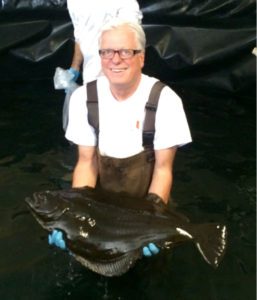
Anybody working with hatchery technology and the larviculture production of tropical and subtropical marine fish species knows too well that the devil is in the details. Indeed, it is not what we know but what we still don’t know that poses major challenges to dependable, on-demand production of seedstock for many commercially valuable species of marine fish. And what we don’t know is precisely at the microbiology level. Microbiological control of the environment and the larval microbiome (all the microbes in a given community) seem to be the key to success, yet we currently know little and have extremely limited options regarding their management and control.
Are ‘standard’ larviculture methods suitable for all species?
Even when considering the use of copepods and small-strain, properly enriched rotifers for first-feeding of our marine fish larvae, we all still use similar “advanced” and “proven” methods and similarly trained and qualified technical staff to raise different species of commercially important tropical and subtropical marine fish species, with wildly varying degrees of success. Indeed, depending on the species, we get strikingly different results ranging from nearly zero to 60 percent survival rates from eggs to fingerlings.
At our lab, the University of Miami Experimental Hatchery, Rosenstiel School of Marine and Atmospheric Science, we use the same methods and trained staff to routinely conduct larval rearing trials of a number of species, including the significantly contrasting examples of Japanese flounder (Paralichthys olivaceus) and mahimahi (Coryphaena hippurus). These are species we routinely obtain survivals of 40 to 60 percent and 1 to 5 percent, respectively. Notably, and contrary to common “knowledge,” survival rates are not related to egg size – since the Japanese flounder has much smaller eggs than does the mahi. Some species are known to yield consistently good results whereas others don’t.
For example, hatchery technologies that succeed in consistently mass-producing fingerlings of temperate species such as sea bream (Sparus aurata) and sea bass (Dicentrarchus labrax) in hatcheries in European countries have not been effective when applied to tropical species of snappers. Likewise, the same methods used for raising various groupers (Epinephelus spp) and snapper (Lutjanus spp) in Asian countries yield variable yet very high survival rates in some species and very low with others.
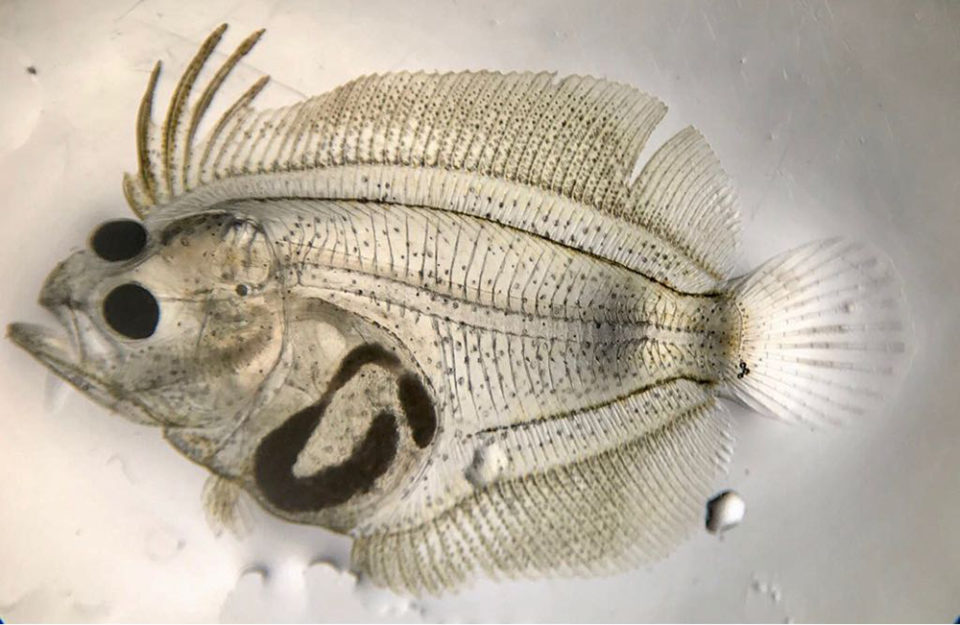
Indeed, the larval rearing methods being used today are basically the same that were developed and have been used for several decades now, with only a handful of significant breakthroughs and with only a limited number of species during this time. Much progress has been a consequence of our collective efforts of diversifying and targeting a larger number of new species over the years. We have succeeded with some species and have failed with others. Success has certainly been species-specific and limited to a small number of new species.
Many will disagree with this assertion but we have the evidence (records and publications) that virtually the same basic methods being used in the 1970s and 80s to spawn and raise marine fish larvae (good water quality and systems management, siphoning the bottom of the tanks and skimming the surface of the water, and using microalgae, rotifers and artemia as live feeds) remain basically unchanged to this date. The only difference is that we have been continuously trying to raise new species, and every now and then we find one that responds to the methods and grows and survives beyond our original expectations, like yellowtail or kingfish (Seriola) and cobia.
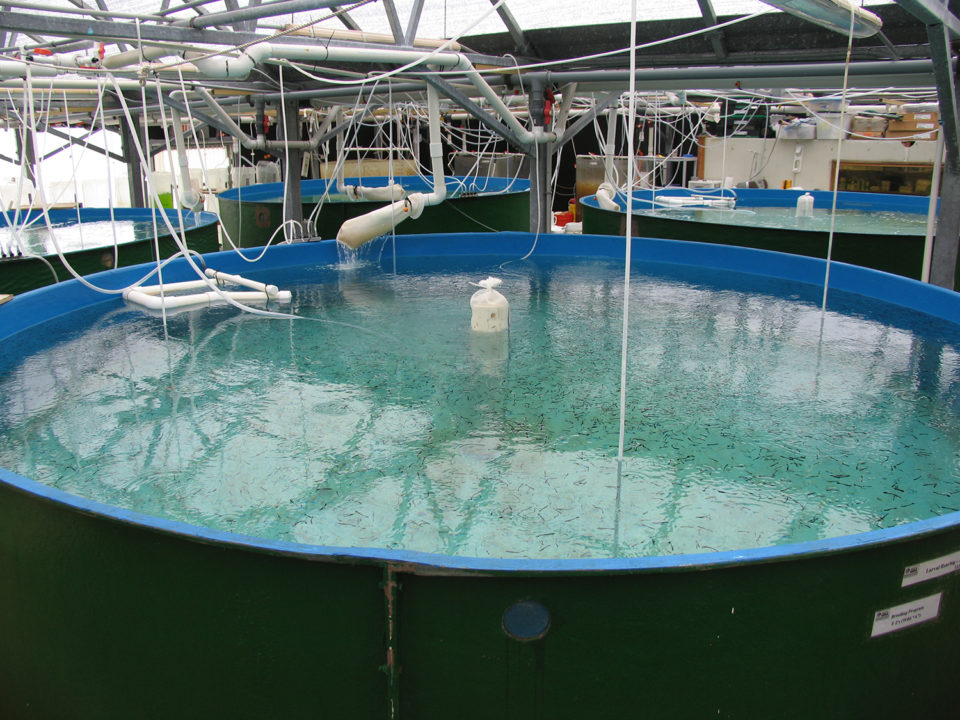
Variable, unpredictable survival rates hinder planning, production, profitability
For various species with challenging larviculture cycles – such as tunas and some reef species like snappers and groupers – we still obtain very low and often highly variable survival rates, even within same species in the same hatchery (some larviculture tanks often crash while others may do relatively well) as well as seasonally. This offers us a key hint.
Interestingly, using the same larval husbandry methods to produce two very closely related jacks of the Carangidae family (Seriola lalandi and S. dumerili) many hatcheries around the world consistently achieve 20 to 50 percent survival rates with the former and 0 to 5 percent (at best) with the latter. With another closely related species (S. rivoliana) we can get anything in between. Why such differences? It’s not possible to determine for certain at this time, but intuitively – at least in my view – the differences are at least partly related to how each species can cope with the extremely high bacterial loads of the live cultures we provide as feeds to the larvae.
All exogenous, abiotic parameters being the same, the observed differences in survival rates during early developmental stages among these and other marine fish species may very well be related to how they evolved their reproductive strategies over time. Even with the best technology and management, we cannot control evolution and reproductive strategies with respect to the microbiological environment and larval microbiome. Hence, we cannot take credit for good results but similarly cannot be blamed for poor results in survival rates. In essence, to quote Rudyard Kipling “success and failure are two impostors to be treated just the same.” And marine fishes certainly make and keep us humble!
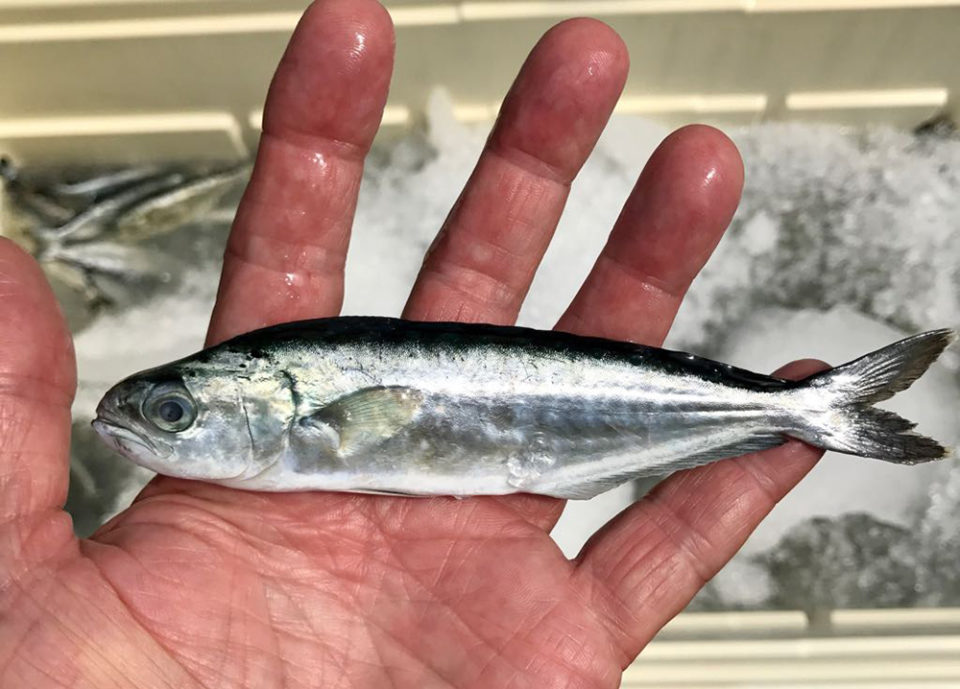
Beyond what we know, and already looking into the future mass production of snappers, groupers, mahi, tuna and other high value species, it’s high time for us to collectively address, understand and resolve why we always have experienced such large mortalities and standard deviations during larviculture in marine fish hatcheries. Hatchery managers everywhere face the same issues: relatively low survivals, various inconsistencies and high standard deviations. It’s not just low survivals but almost like a historical hit-and-miss with most species.
These problems must be properly addressed and resolved to allow our industry to reach commercial success. There are many hypotheses, but we must assume that most if not all problems are likely caused by opportunistic bacteria, mostly Vibrios, that turn pathogenic when reaching threshold numbers when favored by the open flow-through systems that we use. They are a black box. Water filtration and sterilization are not enough for certain species whose larvae did not evolve to cope with abnormally high bacterial loads.
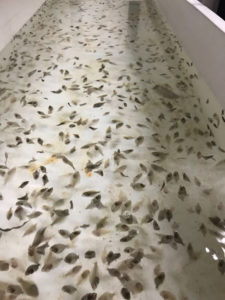
How to stabilize the environment and enhance the chances for fish larval survival from a fraction of a unit to commercial levels? Despite widespread use of probiotics and prebiotics – as well as antibiotics and more recently mono-glycerides – results remain inconclusive at best, and we are still basically clueless about how to control the critical roles of the larval microbiome and the environmental microbiology.
Perhaps a sophisticated recirculating aquaculture system (RAS) for hatcheries could be a solution? We are all aware that – despite some of the limitations of RAS technology – without crossing certain bioload thresholds, a well-managed RAS offer great advantages in managing and controlling the aqua-rearing environment.
Our next line of research should be to try to keep stable microbial composition and preventing the Vibrios and other potentially harmful pathogenic bacteria from reaching quorum sensing. This is a process of communication between cells that allows bacteria to share information about their cell density and to consequently adjust gene expression. It allows bacteria to express energetically expensive processes – such as the expression of virulence factors by pathogenic bacteria – as a collective only when the effect of those processes on a host or their environment will be maximized.
Not a new idea, it is derived from many discussions and points of view frequently argued for by many of us involved in the R&D and commercial trenches – tropical and subtropical marine fish hatcheries – for many decades, including my colleague and friend Dr. Patrick Sorgeloos, a world renown hatchery technology specialist from Belgium (Ghent University and INVE/Benchmark).
Perspectives
Microbiome manipulation and microbiological control of their environment point the way and the path forward in marine fish hatchery research. It is well documented that the microorganisms that inhabit our guts have a major influence in our health and play a key role in determining whether we thrive.
It’s no different with fish. Once the larvae open their mouth and drink water for the first time before they even start feeding, the microorganisms present in the water colonize their guts, hence establishing the microbiome and perhaps their ultimate fate. Using appropriate, effective disinfecting methods for gaining control over the bacterial loads in the live feed cultures (microalgae, rotifers and artemia) fed to the larvae is of paramount importance but is often overlooked.
It is important to mention that much progress has been made in determining the nutritional requirements of a few marine fish species, especially for the juvenile stages. However, very little is known about the requirements during the early developmental stages of most commercially important tropical and subtropical marine fish species. Likewise, the scientific evidence is not robust enough to support claims that the use of various additives, betaglucans and monoglycerides as well as prebiotics and probiotics can increase survival, growth and survival during the early developmental stages of those species, whose nutritional requirements remain largely unknown and deserve significant, further research.
The importance of broodstock nutrition on larvae microbiome is little known at best and is very likely of paramount importance. Beyond the nutritional value, what the broodstock animals are fed most likely will be vertically transferred to their eggs and larvae – and to the larvae gut microbiome – which could be key to determining the animals’ fate. One good analogy of this idea is the well-known value of polychaete worms in the diets of penaeid shrimp and snapper broodstock. There is ample evidence for shrimp and anecdotal evidence for snappers that consumption of polychaetes improves egg quality and larvae performance. However, is it just the significant nutritional value of the worms, or is the bacterial load incidentally brought in from where the worms live (buried in mud, in the case of the widely used wild-caught polychaetes) also somehow involved? I think it makes much sense to assume that the latter could play at least an even role as the former.
Microbiome and microbiological control are lines of research that must be at the top of the list of research topics to be addressed. We should collectively and intensively focus on these topics right away, so we can continue to improve hatchery technology and enable us to successfully raise challenging and valuable species of marine fish on a commercially viable basis. And we will.
Author
-

Daniel Benetti, Ph.D.
Professor and Director of Aquaculture
Department of Marine Ecosystems and Society
University of Miami Experimental Hatchery, Rosenstiel School of Marine and Atmospheric Science (UMEH-RSMAS)
Miami, FL 33149 USA[117,100,101,46,105,109,97,105,109,46,115,97,109,115,114,64,105,116,116,101,110,101,98,100]
Related Posts

Innovation & Investment
Aquaculture Exchange: Daniel Benetti
University of Miami professor says the U.S. seafood marketplace needs to embrace 'plate-sized' fish if a domestic aquaculture industry is to become sustainable and profitable.

Responsibility
Going deep on offshore aquaculture
Open-ocean aquaculture, the “new kid on the block” in the rapidly growing aquaculture industry, was examined at a California Academy of Sciences event. New contributor Twilight Greenaway reports.

Aquafeeds
Is a fish oil-free cobia feed possible?
The availability of a cost-effective grow-out feed formulation is an ongoing bottleneck for the expansion of cobia production. Studies by the authors show that the development of an aquafeed with limited or no fish oil content is possible.

Innovation & Investment
Out of sight, not out of mind
Moving aquaculture offshore could spark a global production boost needed to meet growing demand for protein. Producers and investors, however, are wary of the challenges, cost and regulatory red tape. One patient U.S. entrepreneur, however, is undaunted.

